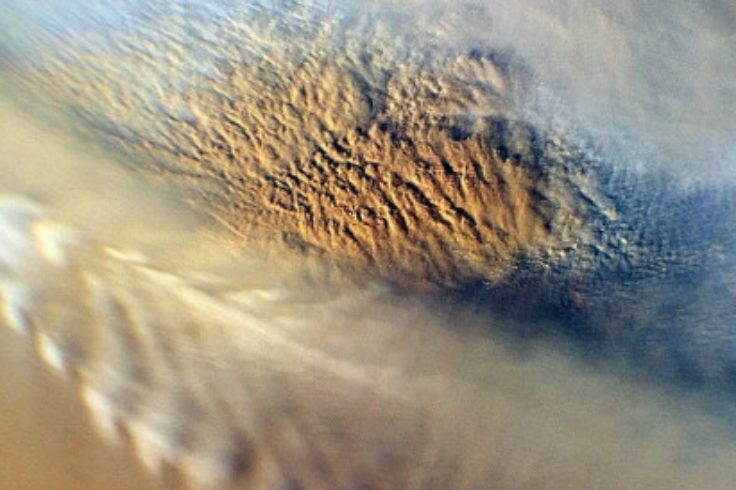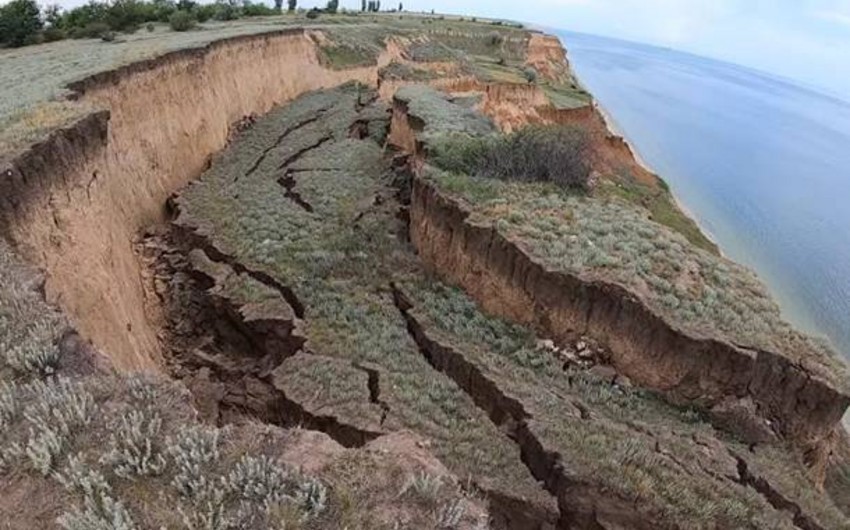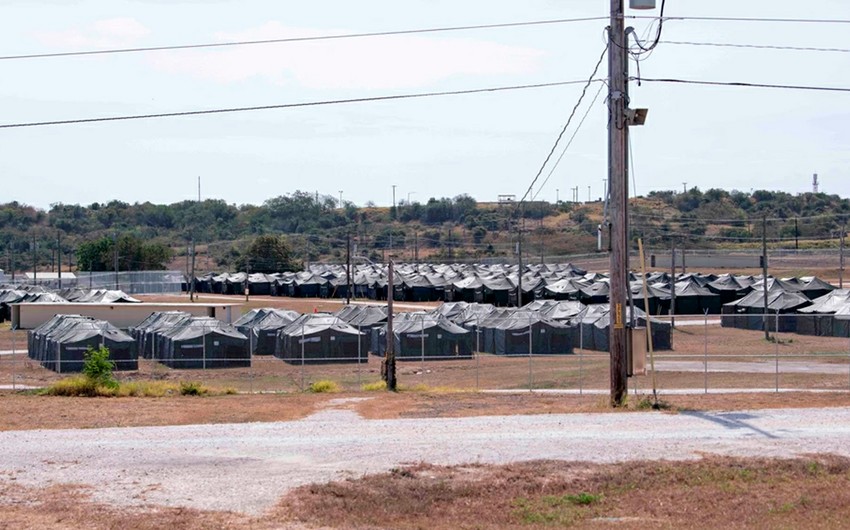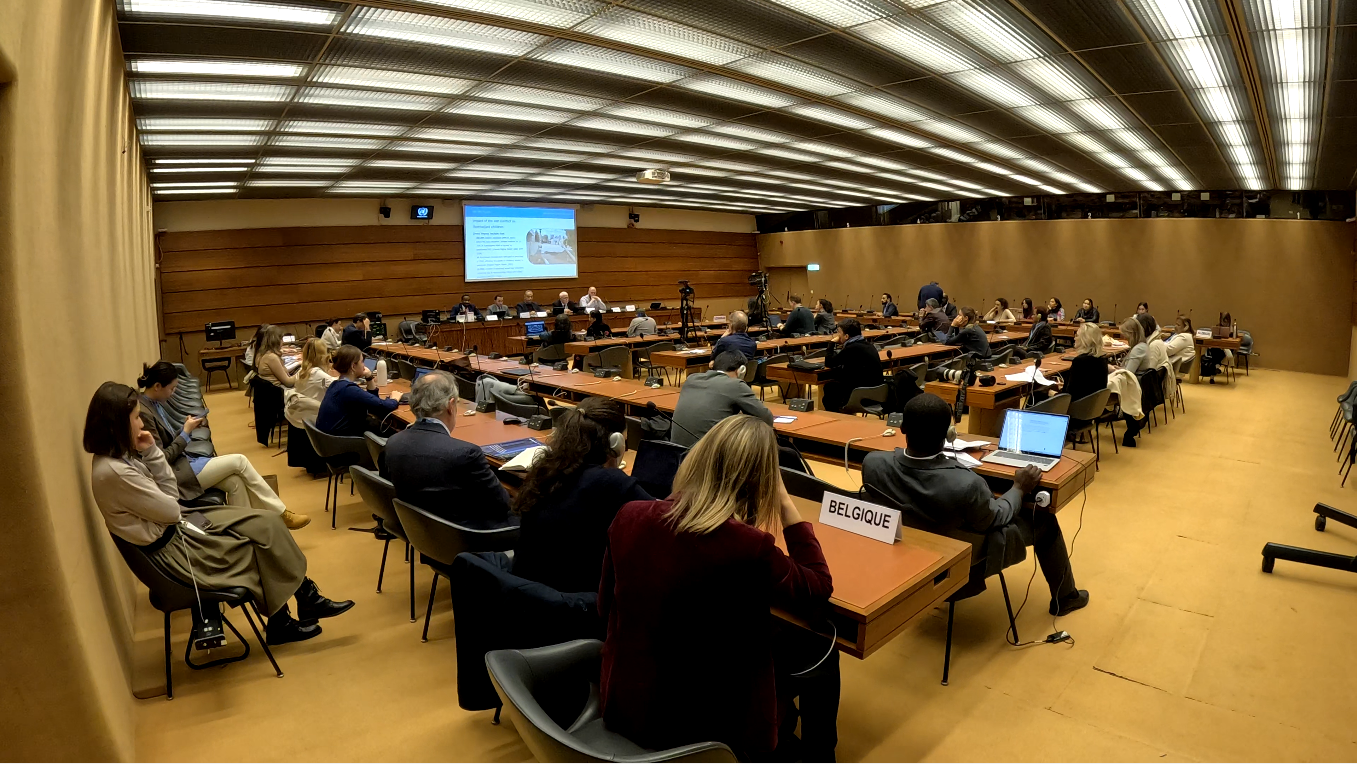Eectric storms are dramatic with their flashes of brilliant white-blue light that crack across the sky on Earth. On Mars, electric sparks conjured up from planet-enveloping dust storms are not as substantial, but still have a special spark of their own.
:focal(4314x1200:4315x1201)/https://public-media.si-cdn.com/filer/c6/2c/c62cafb1-5487-4188-8a68-30b4e4a2dd4c/gettyimages-1227506239.jpg)
In a recent study published in the journal Icarus, researchers found colliding dust particles on the red planet may emit tiny violet flickers of electricity known as triboelectrification.
Triboelectric charging, or static electricity, happens when surfaces or particles produce electricity when they are rubbed together, reports Brandon Specktor for Live Science. Simple examples of triboelectric charges can be seen on Earth, from rubbing a balloon on your head and sticking it to the wall or rubbing your hands across a cat's fur and feeling tiny zaps. On a grander scale, lightning seen during a volcanic eruption occurs when bursting ash particles rub together and produce electricity, reports Matthew Rozsa for Salon.
From observing triboelectric charges occur on Earth, the researchers hypothesized that the physics would apply on other planets. But Mars has a lower atmospheric pressure than Earth, so it's unclear if these electric charges would act the same on the red planet, reports Live Science.
Previous research modeled dust storms simply by shaking volcanic ash from Earth inside low-pressure plastic containers, reports Nikk Ogasa from Inside Science. But the researchers of the study at the University of Oregon argue that the previous experiments were flawed in the sense that non-Martian materials were used, and the sparks observed occurred because the volcanic ash was rubbing against the plastic containers and not the particles themselves, reports Live Science.
"These works did not account for the possibility of charging arising from the interaction between simulated Martian dust and experimental containers enclosing it. The containers often had wildly different chemistries — plastic, metal, or glass — that could have produced the observed electrical effects," geologist and lead study author Joshua Méndez Harper tells Live Science.
To correct this flaw and to see if the dust particles would produce a light show under conditions found on Mars, the researchers took basaltic ash samples from Mexico's Xitle volcano that erupted 2,000 years ago, reports IFLScience. The ash was suspended and swirled in glass containers with streams of carbon dioxide, simulating atmospheric pressure on Mars, allowing the particles to collide against each other while avoiding the glass container, reports Live Science. The volcanic ash used is similar to Martian dust as confirmed by rovers in the Pathfinder and Mars Exploration Rover missions, the researchers said in a statement. During the researcher's experiment, small static sparks did form, providing the additional experimental evidence of potential triboelectric charges on Mars, reports Live Science.
"Our work is novel in that it ensured that frictional electrification occurred only between materials expected to exist on the surface of Mars. We show that even under these conditions, we are still able to detect sparks occurring between colliding dust grains in a simulated Martian environment," Méndez Harper tells to Salon.
The researchers suspect that while the charges may occur on Mars, they would not be as large as Earth's lightning storms and would more likely mirror the lightning created by volcanos, Live Science reports. The tiny lighting storms would also be too small to harm investigating rovers, Salon reports. The study's implications could help researchers further understand the Martian atmosphere and its likelihood to host life, Méndez Harper tells Live Science.
But this experiment is based on Earth and confirmation of the glowing dust storms will have to come from rovers exploring the red planet. NASA's Perseverance Rover, which landed on February 18 near the Jezero Crater, may catch the first visual proof of the triboelectric phenomenon since sweeping dust storms are a common occurrence through the crater, reports Live Science.





.jpeg)




